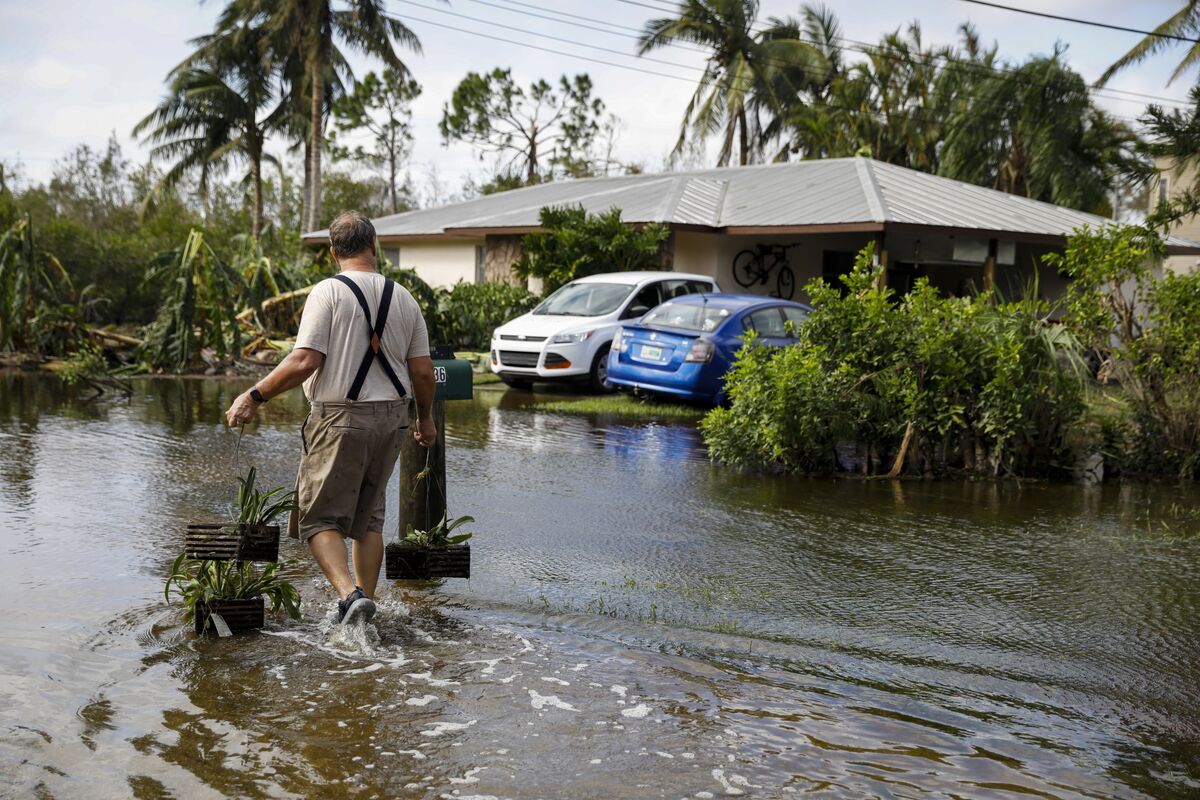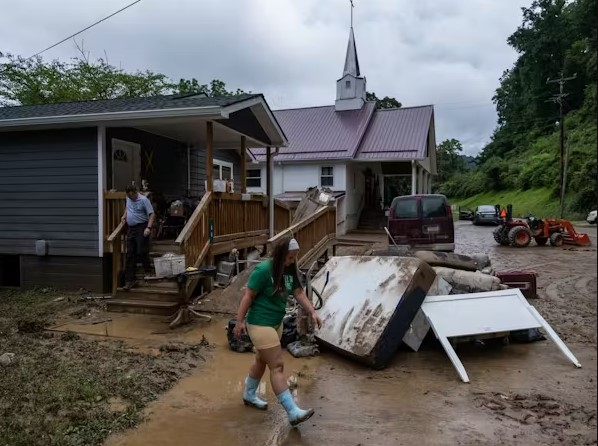The US faced a challenging year as communities grappled with the escalating effects of the climate crisis. Eighteen significant disasters ravaged the country, exacerbated by rising planet-heating emissions.
Last year, storms, floods, wildfires, and droughts inflicted $165 billion in damages, marking a $10 billion increase from 2021 and ranking as the third most costly year since record-keeping began in 1980.
The toll of 18 disasters costing at least $1 billion each in 2022 was nearly as severe as in 2020 and 2021. These events resulted in 474 fatalities, according to the annual report.
Adam Smith, an applied climatologist at the National Oceanic and Atmospheric Administration (NOAA), remarked that 2022 was part of a pattern of hyperactive disaster years. Since 2016, 122 billion-dollar weather and climate events have collectively caused over 5,000 deaths and $1 trillion in damages.
Smith highlighted several climate-enhanced disaster trends, including longer, more intense wildfire seasons, severe rainfall events, and unprecedentedly strong category-four and five hurricanes. He noted that these trends are unlikely to reverse, emphasizing the need for better preparation for a rapidly evolving present.

While floods and wildfires have historically occurred in the US, scientists have found that global warming is intensifying these impacts. A warming, moisture-laden atmosphere results in heavier rainfall and drier vegetation in places like California.
The climate crisis also strengthens hurricanes, as seen with Hurricane Ian, which, striking Florida in September, became the deadliest storm since Hurricane Katrina and the third costliest hurricane on record with $112.9 billion in damages.
The NOAA report indicates that escalating disasters are outpacing the country’s response capabilities. In the past six years, there were only 18 days on average between billion-dollar disasters, compared to 82 days in the 1980s.
Although recent advances in forecasting, evacuation, and infrastructure resilience have been made, the increasing frequency of disasters strains recovery and preparedness efforts.
There was a glimmer of hope with the Inflation Reduction Act last summer, aimed at boosting renewable energy and reducing emissions. Yet, emissions in the US rose by 1.3% compared to 2021, driven by increased energy use in buildings and rising jet fuel consumption as air travel rebounded.
Scientists stress that global emissions must be halved this decade and reach zero by 2050 to avoid severe climate impacts. Despite a slight improvement in emissions figures from 2021, the overall trend remains concerning.
However, the retirement of coal plants and the anticipated surge in clean energy projects offer some promise for significant emissions reductions in 2023, contingent on swift government action and industry progress.

